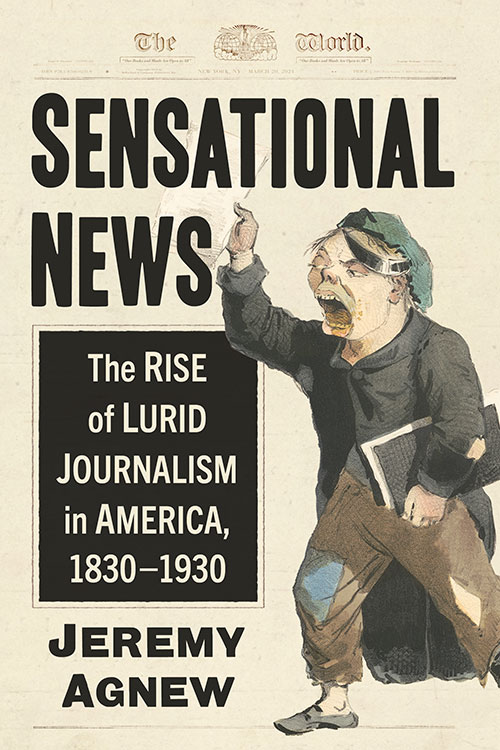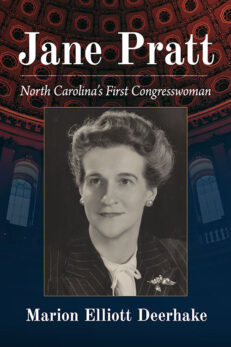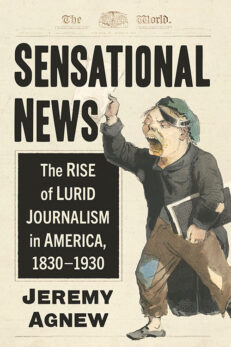Sensational News
The Rise of Lurid Journalism in America, 1830–1930
$49.95
In stock
About the Book
Sensationalistic stories have attracted readers for as long as reading has been a popular form of entertainment. Readers have been frightened, revolted, yet fascinated by stories of death, thievery, kidnapping, murder, rape, scandal, love triangles, and colorful miscreants. Starting in the 1830s this morbid interest in lurid stories fueled the unprecedented growth of sensationalist newspapers that titillated and shocked their many readers.
This study of sensationalism describes how newspapers added lurid details to their coverage of news events in an effort to attract as many readers as they could. Employing hyperbole and exaggerated details, they meant to grab the attention of the reader and keep him or her reading. For the next hundred years this form of journalism continued, later spilling over into radio and television news. Along the way, the “yellow journalism” wars of the 1880s and 1890s produced bold headlines, eye-catching illustrations, exaggeration of news events, and even false quotes and misleading information. Sensational reporting continued with muckraking reporting in the early 1900s as journalistic crusaders worked to expose municipal corruption, corporate greed, and misconduct in American business.
About the Author(s)
Bibliographic Details
Jeremy Agnew
Format: softcover (6 x 9)
Pages: 258
Bibliographic Info: 35 photos, appendix, notes, bibliography, index
Copyright Date: 2024
pISBN: 978-1-4766-9231-9
eISBN: 978-1-4766-5213-9
Imprint: McFarland
Table of Contents
Preface 1
1. Fear, Thrills and Titillation 5
2. New York, New York 19
3. The Special Fears of Women 33
4. The Penny Press 46
5. The Flash Newspapers 64
6. Questionable Advertising 70
7. The Murder of Helen Jewett 79
8. The Mystery of Mary Rogers 90
9. Lurid Scandals 100
10. Humbugs and Hoaxes 112
11. Eye-Catching Illustrations 125
12. The Police Gazette 139
13. Frank Leslie’s Illustrated Newspaper 158
14. Yellow Journalism 173
15. Nellie Bly and Stunt Reporting 195
16. The Era of Muckraking 205
17. Tabloid Media 214
Postscript 228
Appendix: Approximate Dates of Journalistic Periods 231
Chapter Notes 233
Bibliography 243
Index 247





